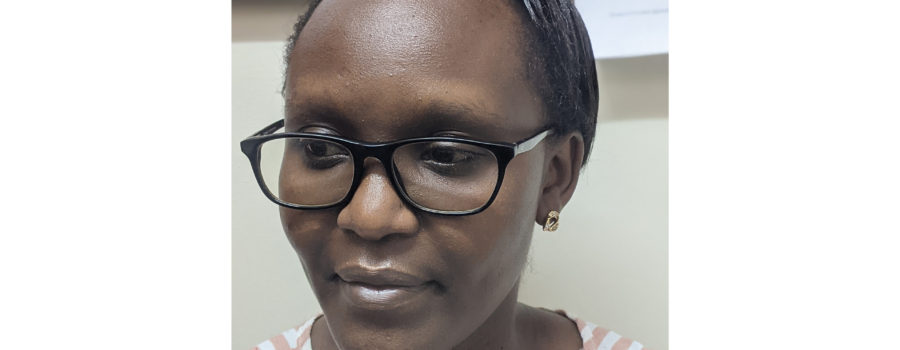A lot of children die on the Research Ward. The mortality rate from cerebral malaria in our unit is 16%, about one in 6. Each death is difficult and a learning experience. After a child dies, as physicians we ponder what went wrong and if there was something we could have done differently to have changed the outcome. Usually we did all we could, but often we nonetheless question our actions. We had a death yesterday that shook me a bit and made me think about how this important event is handled in the USA and Malawi.
Seven days ago, a 5 year old girl arrived at the hospital, comatose and with a high fever. She had been ill for several days, but on the morning of hospital admission had deteriorated and lapsed into unconsciousness. The team on the Research Ward admitted her taking a thorough history and performing a careful physical examination. Unusually for the patients we typically see, her abdomen was very tender. She had guarding (stiffening of the abdominal muscles when we tried to examine her) and her abdomen was silent when we listened with a stethoscope. (This is called “ileus” and indicates that the intestines are not working.) She had no malaria in her blood.
We suspected typhoid fever. We drew blood cultures and did a spinal tap. She received intravenous fluids and appropriate antibiotics. Though this should have cured her, a few days later she was no better.
Since her abdominal examination remained abnormal, we ordered an x-ray. The child went to radiology accompanied by a nurse. Twenty minutes later we received a worried phone call from the nurse. While waiting for her x-ray, the child began gasping. They were coming back to the Research Ward as fast as possible.
Four minutes later they arrived, and we got to work. The girl was not breathing. I held the mask to her small face while a second person repeatedly squeezed the bag to inflate her lungs. A third person assessed her heart and lungs. It was bad. Her heart rate was low, indicating she probably had not been breathing well for several minutes. One of our co-workers, Alice Liomba (pictured), took the child’s tiny grandmother gently aside. Alice calmly explained what was happening and that things did not look good. Ten minutes later, this beautiful little girl died.
The American model of death in the hospital is private but lonely. The Malawian model is very public.
After it was over, the Research Ward was silent. As the body, wrapped only a sheet, was moved out of the room, all the adults followed. The guardians of the five other children currently hospitalized on the Research Ward walked with this small, elderly woman and the body of her granddaughter, all the way to the hospital morgue. Along the way they touched and spoke to her, providing as much emotional support as they could. Though no one can know, perhaps the other guardians were subconsciously amazed that it was not their own child who had died. All our patients are near death when they arrive to us. Any of them can leave this Earth in a moment.
After everyone left the Research Ward, I sat down with Alice and I asked her about what would happen next. Since the patient died in our unit, the Blantyre Malaria Project would provide a private vehicle to return the child’s body and family to their home village. The burial would be the next day. The death was a tragedy on several fronts, but an immediate problem was money. Though burials are not expensive in rural communities, the mourners need to be fed. The entire village would come to the burial.
It is often said that the death of one’s own child is the greatest grief anyone can feel. I don’t have children of my own, so will never experience this. If I did, though, and my child was hospitalized, critically ill, and died, is there a better way to live through this horrible event? The American model of death in the hospital is private but lonely. The Malawian model is very public. Is it a case that Americans are all introverts and Malawians all extroverts? Or could we learn something from one another?






